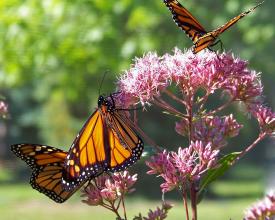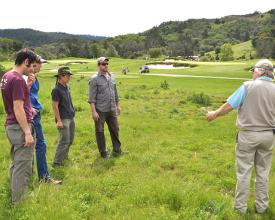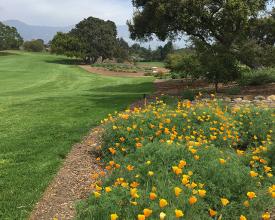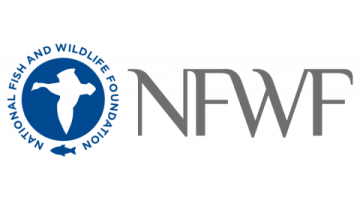
Les monarques en liberté sur les terrains de golf
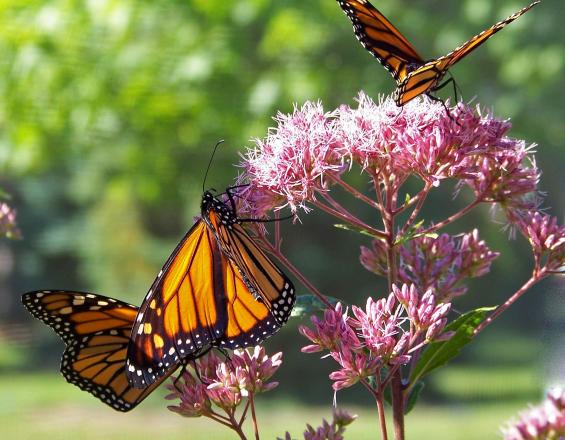
Grâce au programme Monarchs in the Rough, les terrains de golf sont encouragés à développer l'habitat du papillon monarque et de l'ensemble des pollinisateurs. Ce papillon emblématique et bien-aimé, réputé pour sa spectaculaire migration sur de longues distances, est menacé par la disparition de l'asclépiade sauvage - sa seule plante nourricière à l'état larvaire - qui a entraîné un déclin de 90 % de sa population au cours des deux dernières décennies. Le programme soutient et encourage l'expansion des espaces verts à gestion minimale en dehors des aires de jeu des terrains de golf. La conversion de zones inutilisées en espaces de végétation indigène, dont l'asclépiade, présente un certain nombre d'avantages écologiques, économiques et esthétiques. En rejoignant le programme Monarchs in the Rough, les terrains de golf peuvent contribuer à prévenir d'autres pertes de monarques tout en étant reconnus comme des leaders en matière d'environnement et en établissant de nouveaux liens avec leurs communautés.
Impacts
Le programme Monarchs in the Rough fournit aux gestionnaires de terrains de golf des graines d'asclépiades et de fleurs sauvages adaptées à la région pour convertir une acre de terrain en habitat pour les pollinisateurs. La réduction de la gestion des applications d'eau, d'engrais et de pesticides contribue à maintenir la qualité de l'habitat tout en réduisant les coûts pour les propriétaires et les exploitants de terrains de golf. Les golfeurs apprécient de découvrir les habitats naturels, en particulier lorsque des panneaux expliquent les avantages des différentes mesures de gestion pour la faune et la flore, et que du matériel signale l'importance qu'un parcours accorde à la durabilité et à la protection de la biodiversité, ce qui peut avoir un effet bénéfique sur la réputation. L'association américaine de golf recueille et publie des exemples positifs et des lignes directrices sur les meilleures pratiques à l'intention des gestionnaires, afin de les aider à prendre les mesures appropriées et à éviter les problèmes rencontrés par d'autres gestionnaires lorsqu'ils mettent en œuvre des changements en faveur de la nature. Audubon International informe des lignes directrices scientifiques et reconnaît les succès en désignant les terrains de golf comme des sanctuaires coopératifs certifiés d'Audubon, s'ils répondent à un ensemble de critères de gestion environnementale. La certification peut s'accompagner d'avantages économiques : des études ont montré que les terrains de golf certifiés comme sanctuaires de la faune et de la flore bénéficiaient d'une prime de prix.

